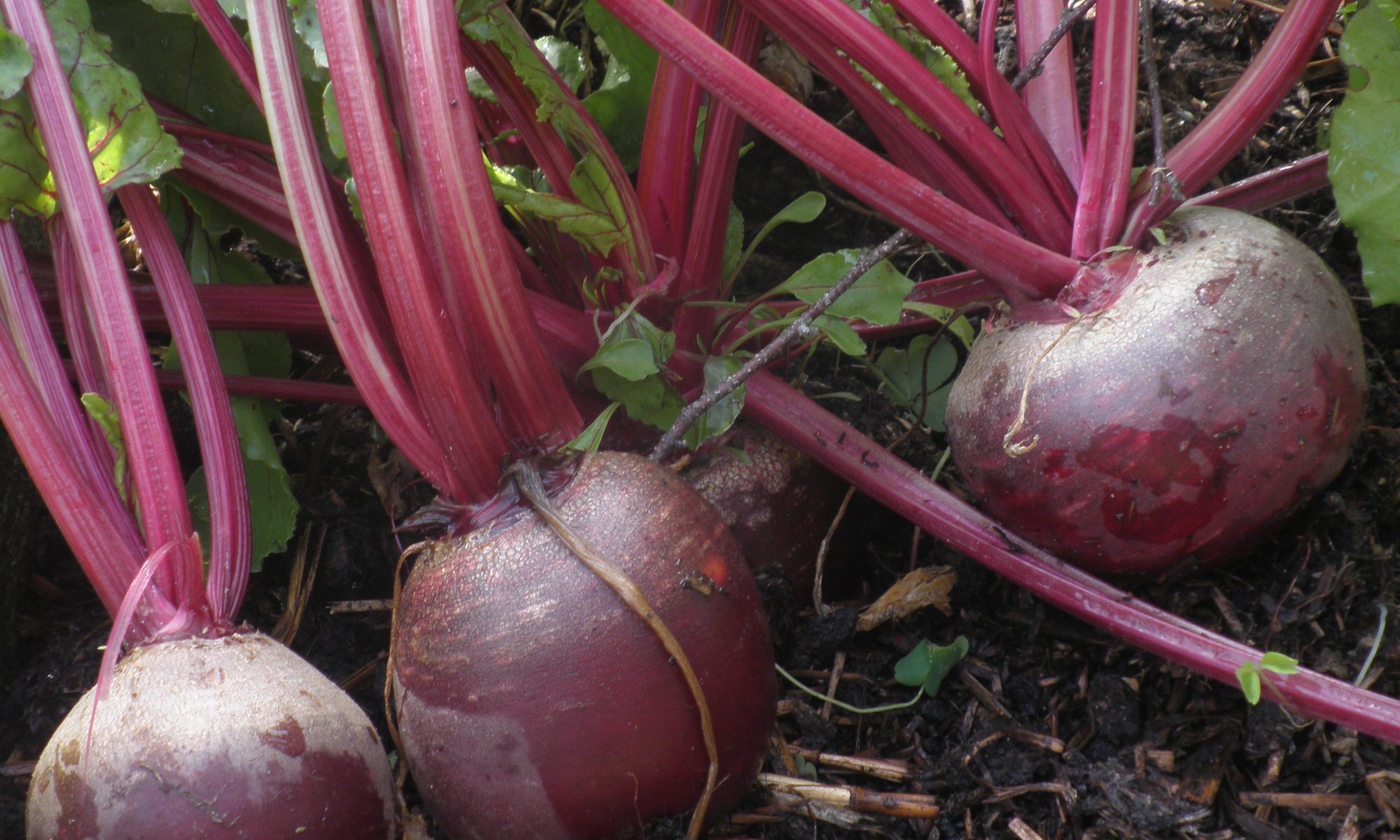Read Jo Arnell’s words of wisdom and your gardening confidence will grow alongside your supply of home grown veg
Whatever anyone tells you about growing your own vegetables – it’s a lot of hard work, things often go wrong, pests are everywhere, they’re cheaper to buy… well, they are right. Some vegetables are hard to grow (cauliflowers and Brussels sprouts go to the back of the room and hang your button and curdy heads), there are pesky pests lurking around waiting to picnic in your patch and, if you added up all the time you spent out there, your precious harvest might be equable to diamonds. Don’t let any of this put you off. There are lots of really easy – and delicious crops to grow too. I promise that it is worth it, but if you are new to vegetable growing, start with the simpler things and build from there. Nothing can beat the taste of fresh, homegrown vegetables, garnished with a little pinch of triumph.
Plotting Ahead
You will need to assess how much space in your garden that you want to give over to growing vegetables, where that space will be and how much time you will realistically have to care for them. Few crops thrive in the shade, in exposed, windy conditions or poor soil, so find a sunny, sheltered spot for your edibles.
It is totally possible to grow crops in pots, window boxes, on balconies and patios, but you will need to take extra care of them, feeding and watering – quite a lot. In general, most will prefer to be planted out into enriched garden soil, as vegetable plants tend to be fairly greedy. Raised beds will make the whole process much easier and (in theory) tidier, but many varieties can be grown in garden borders among the flowers too. In fact, this is how our domestic gardens came about in the first place, and a true cottage garden is supposed to be a joyful jumble of flowers, fruit and vegetables.
The Soil, The Soil, The Soil
I would like to spend the rest of this piece talking about how important the soil is, how little we know about the complex relationships between the soil microbiome and the roots of plants – and how the quality of the soil will dictate not just the health of the soil, but how healthy and nutritious your vegetables will be. For now I’ll just say look after your soil.
The best way to improve soil is to add organic matter in the form of well-rotted manure, spent mushroom compost, or your own (weed-free) compost. If the soil in your garden is heavy (clay), you may need to add this as a mulch in the autumn and let the soil organisms incorporate it over the winter – and do the digging in for you. If your soil is light, add the mulch in the spring to stop the nutrients leaching away in winter. Concentrated organic fertilisers like diluted liquid seaweed, chicken manure pellets and blood fish and bone can be added at planting time if the crop requires an extra boost.
Easy Peas-y
The least troublesome crops to grow will depend to a certain extent on your soil, but some well-behaved plants manage to do well whatever the circumstances. On my light soil I’m usually successful with leeks and onions, roots, such as beetroot and carrots, and also salads and herbs. On heavier clay soils, which are more nutrient-rich, brassicas – cabbage, broccoli and, if you firm them in really well, Brussels sprouts – should flourish. Soil type aside, the list below would make a general starter pack:
Peas and broad beans – start these off directly in the ground now, but only if mice can’t detect them (remember the mouse in Mr McGregor’s garden with the pea in her mouth?).
Beetroot and perpetual spinach – sow this early or late and avoid the height of the summer when these crops can bolt (or buy bolt-resistant varieties).
Loose leaved lettuce – you can harvest this over a long period by picking the outer leaves and allowing the rest to keep growing. Loose leaved, as opposed to varieties with ‘hearts’, won’t run to seed so quickly in hot weather.
Short carrots – these are much easier and quicker to grow than the longer ones and are good in containers.
Kale – can be grown all year and is as handsome as it is nutritious, but watch out for pests such as white fly and cabbage white caterpillars in the summer months.
You can grow the above all from seed, or buy them as little plug plants and plant them straight out. Buying plants isn’t cheating – it is the quickest, simplest way to a successful harvest, but remember that the garden centres, a bit like the supermarkets, are choosing varieties for their own reasons, so flavour might come lower down the list than something like heavy cropping, or uniform shape and size.
Best Value
The vegetables that will give you the best value for money are those that crop prolifically, such as courgettes, climbing beans and tomatoes. Go easy on these super producers (you’ll know if you’ve overdone it if you catch your neighbours crossing the road when they see you). One or two courgette plants is definitely enough to feed a family, if not the neighbourhood. Gluts also have a habit of appearing just when you go on holiday too – avoid this by picking heavily just before you go, which should give you a small gap for a week or so.
These crops are tender and won’t tolerate frosts, so don’t be tempted to plant them out too early (or too late). Late May is usually when half-hardy vegetable (and bedding) plants are safe to be left outside.
Water-wise
Plants that bear fruits and pods may need watering in dry spells once they start to flower and set fruit. I try to keep watering to a minimum, and dig a ‘bean trench’ under beans, courgettes and squashes. This involves digging a hole/trench 18-24 inches deep earlier in the season and filling it with kitchen scraps, cardboard, organic matter – the sort of things you’d put on a compost heap. Then finish with a layer of earth to plant into. The vegetables will have a nutritious and moisture retaining root run, so you won’t have to water them as much. Only water if it gets exceptionally dry – and it is better to water deeply once a week than little and often.
Un-buyable Taste
There are some vegetables you just can’t buy, and a few that when homegrown have a very different taste to those bought in shops. Peas and sweetcorn start to lose their sweetness as soon as they are picked because the sugars in them turn into starch and by the time they get to the shops they are often woolly and tasteless. Frozen peas are always better to buy than fresh, because they are harvested and frozen out in the fields.
Sun ripened homegrown tomatoes are unbeatable for flavour – from tiny cherry style up to big and beefy, your own tomatoes will always be better than those in the shops. Then there are things like courgette flowers, tiny artichokes and pea tips (the first few leaves that appear).
Living Larders
One of the many joys of vegetable growing is that you will have fresh veg on tap – just waiting outside on the patch for you to harvest when you need it. Some crops need to be picked as soon as they are ripe but others, especially those that are happy to sit in the ground through winter, really do become like a living larder. I find that leeks, kale, perpetual spinach (spinach beet), winter-hardy salad leaves and most herbs just tick away for months, ready to be picked – until the following spring that is, when they will suddenly rush into flower and set seed.
Forking Hell
The things that go wrong are usually related either to the soil and weather conditions, or to attack from pests. Carrots and parsnips will fork into un-peelable little monsters if the soil is too rich, or too stony. Brussels sprouts may ‘blow’ and cauliflowers fail to produce curds in light, friable soil. If it gets very hot and dry then rocket, spinach, beetroot and some lettuces will ‘bolt’ and run to seed – these are best grown in the spring or early autumn when the weather is cooler.
Pests are numerous so, if possible, net susceptible crops at vulnerable times in the year. Most importantly encourage a healthy ecosystem so your allies – birds, frogs, hedgehogs, wasps and beetles – do a lot of your pest control for you.
It is still a little early to be sowing crops directly outside – the exception being hardy things like broad beans, peas, spinach onions and leeks, but many can be started off under cover this month. Like much in life, vegetable growing is an adventure; nothing ventured, nothing to harvest. With any luck and a favourable wind, some sunshine and rain (at night please) this could be a bumper year…
For details of Jo’s gardening courses visit hornbrookmanor.co.uk or contact Jo on 01233 861149
TEST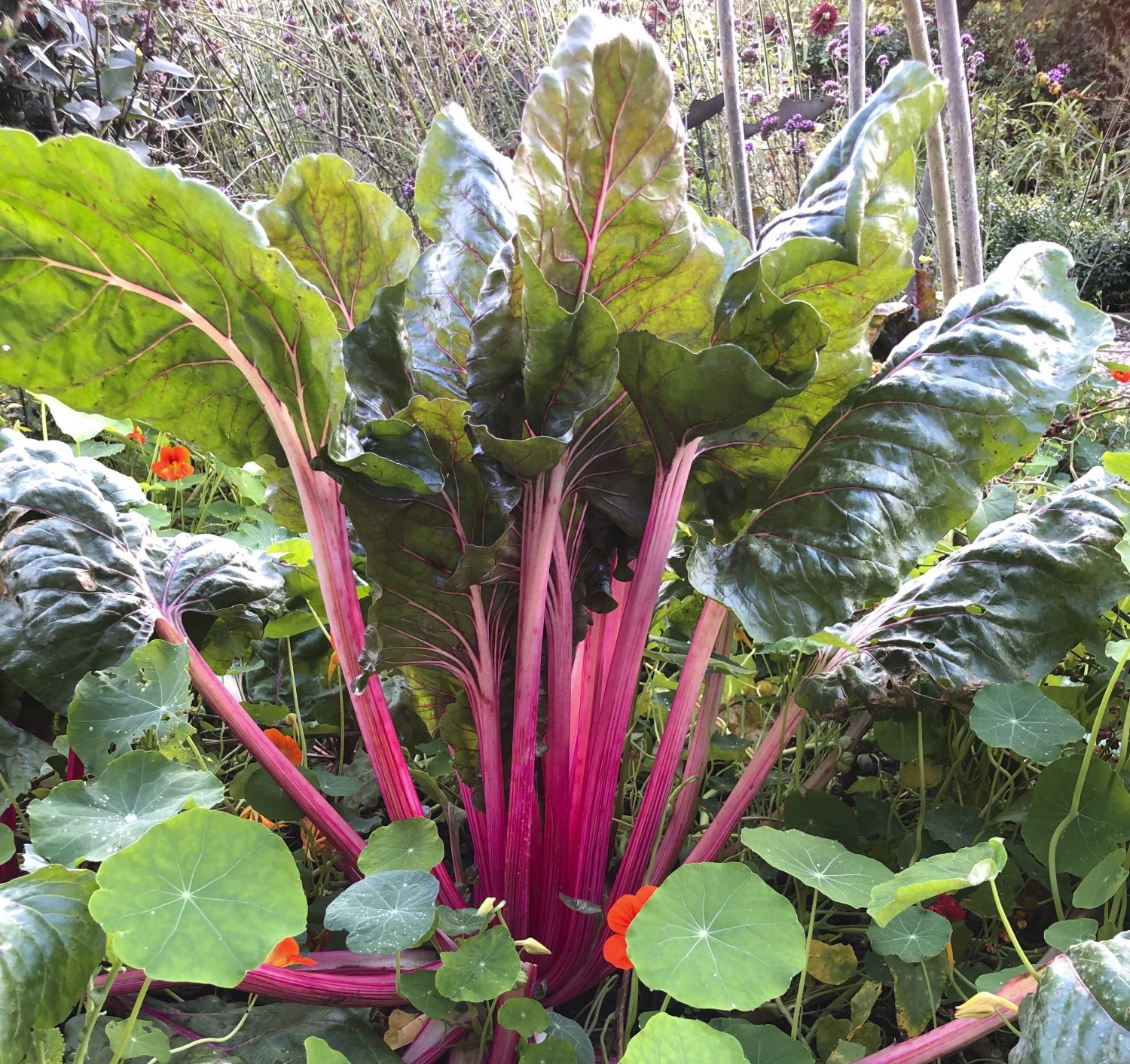
Chard pink flamingo
TEST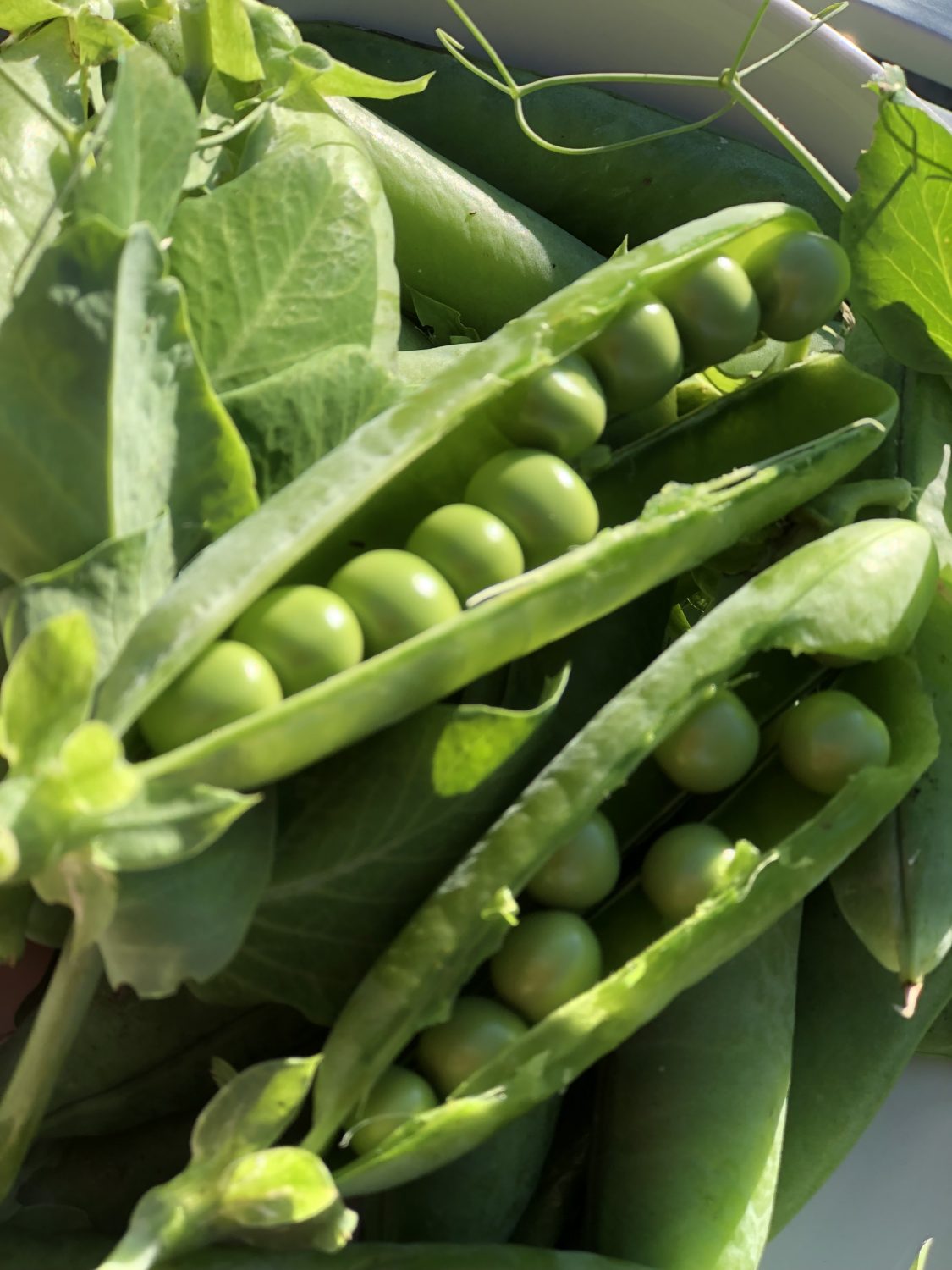
Peas in pods
TEST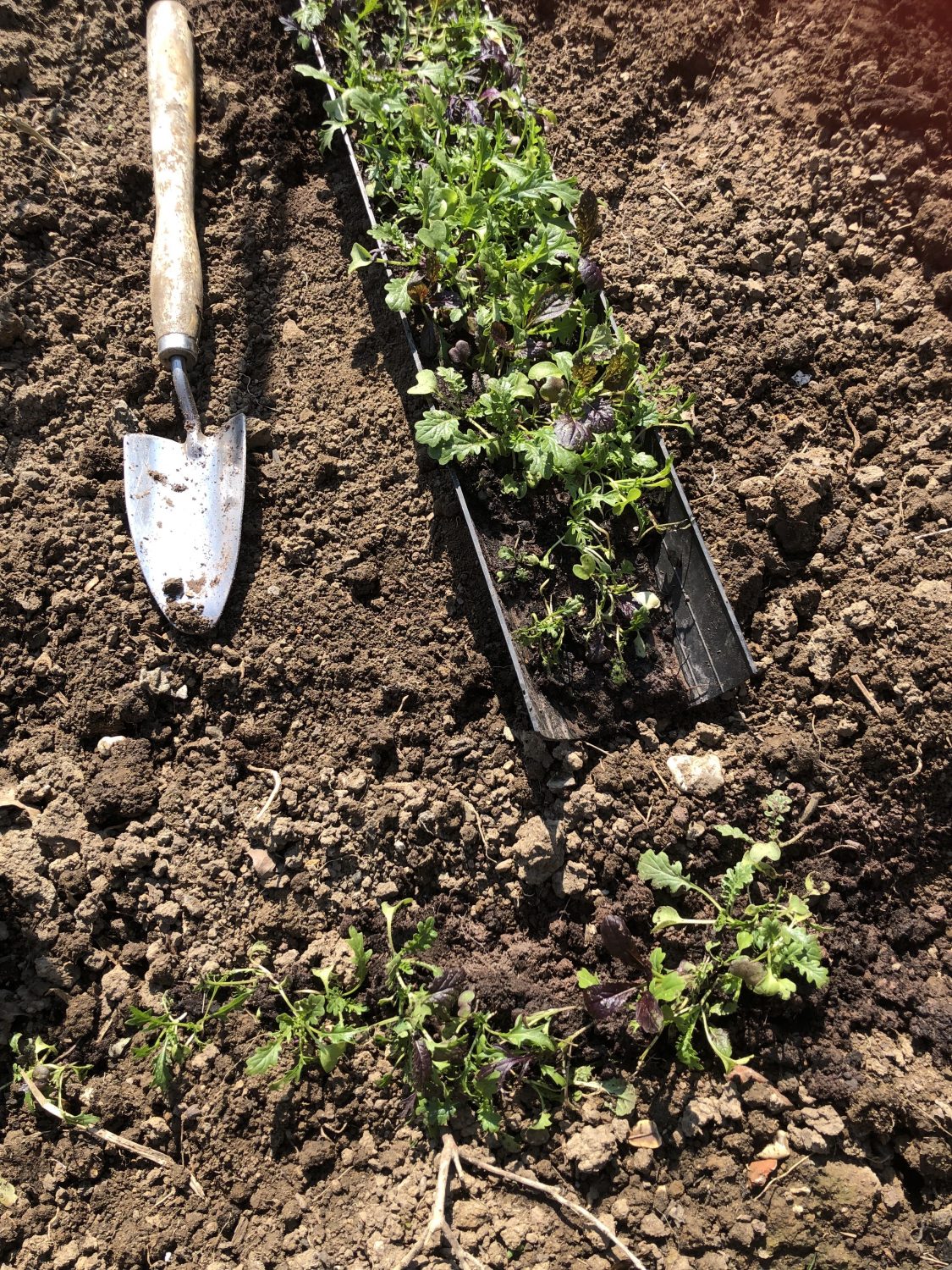
Planting out a row of salad
TEST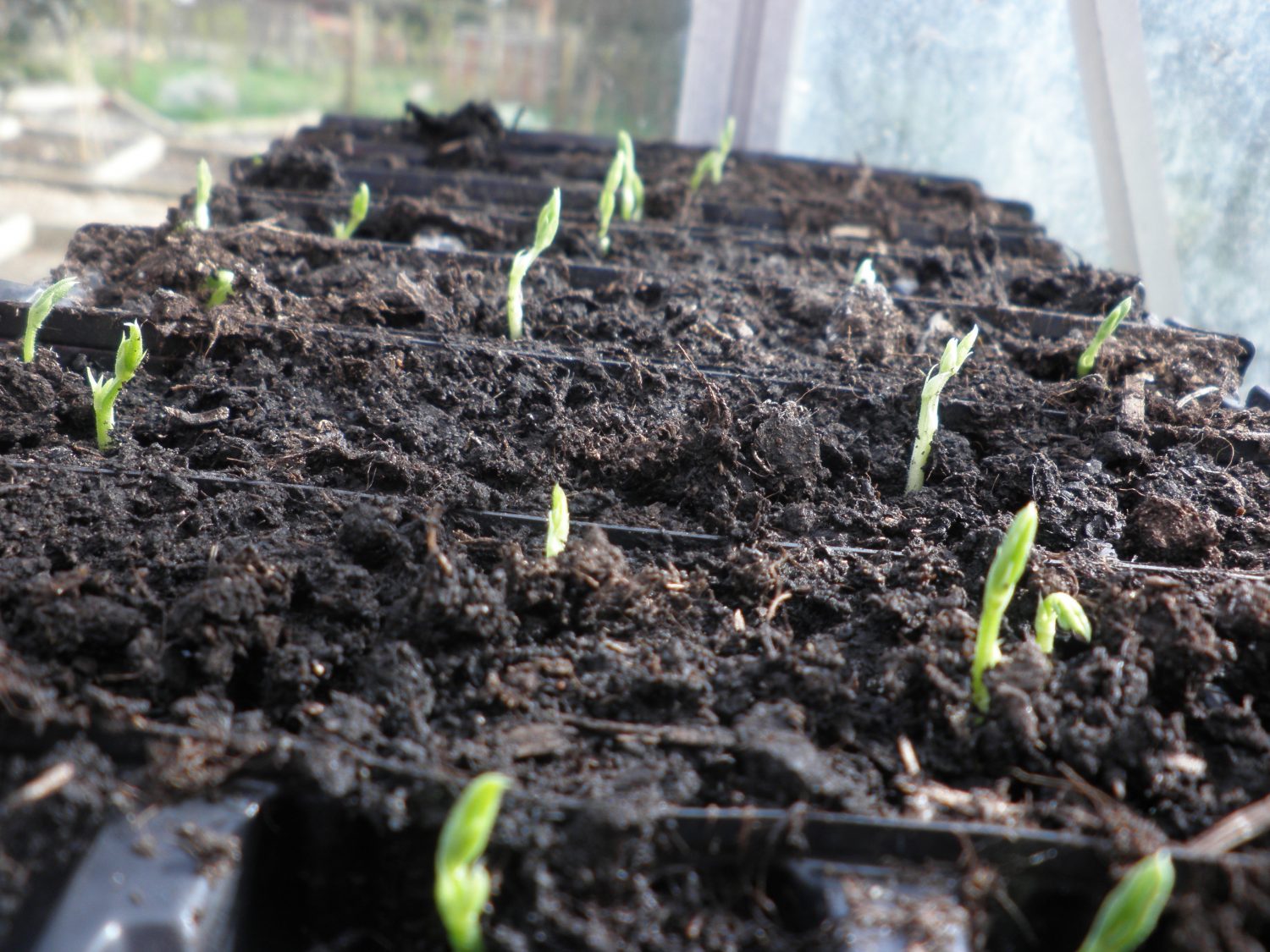
Pea seedlings in a root trainer
TEST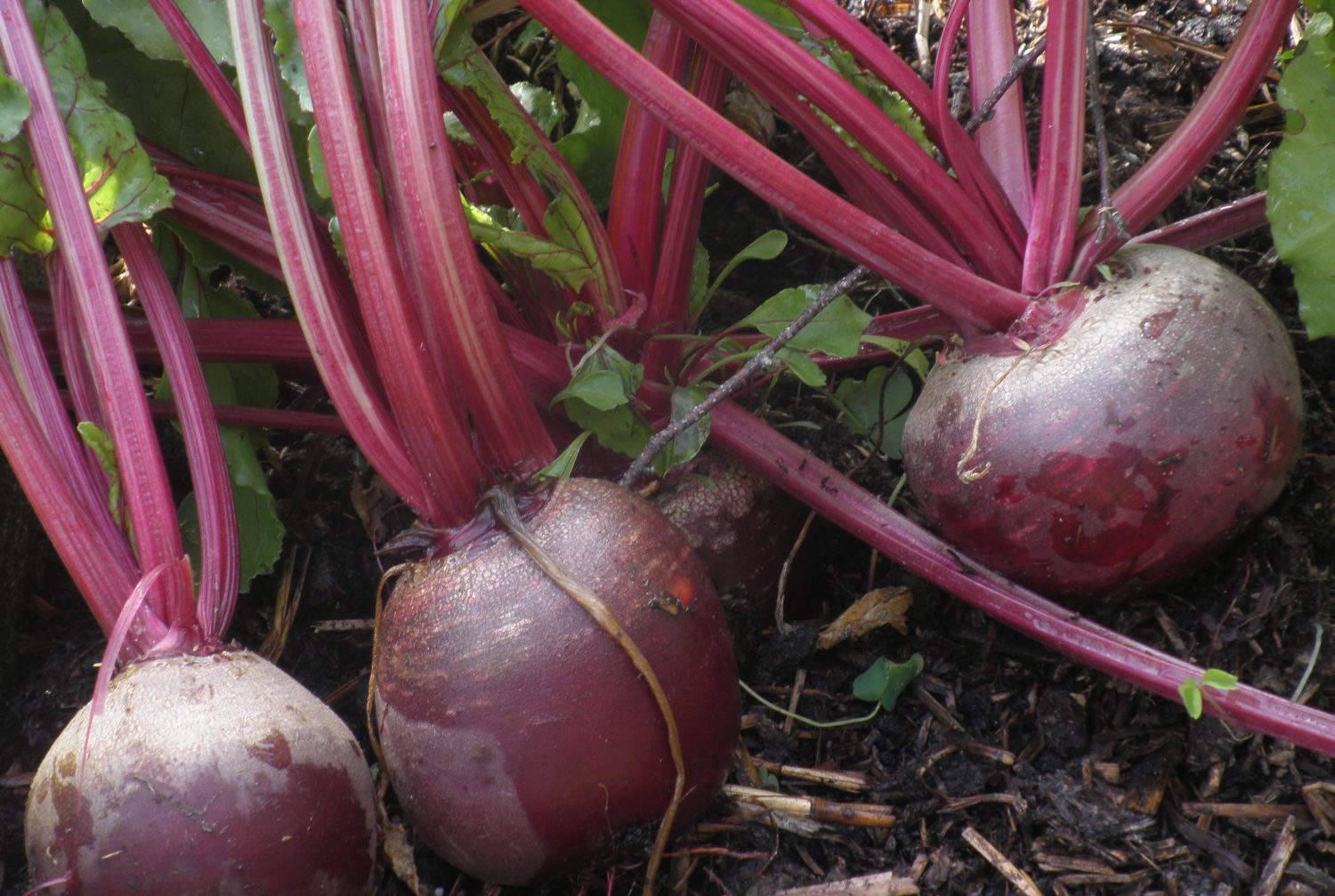
Beetroot
TEST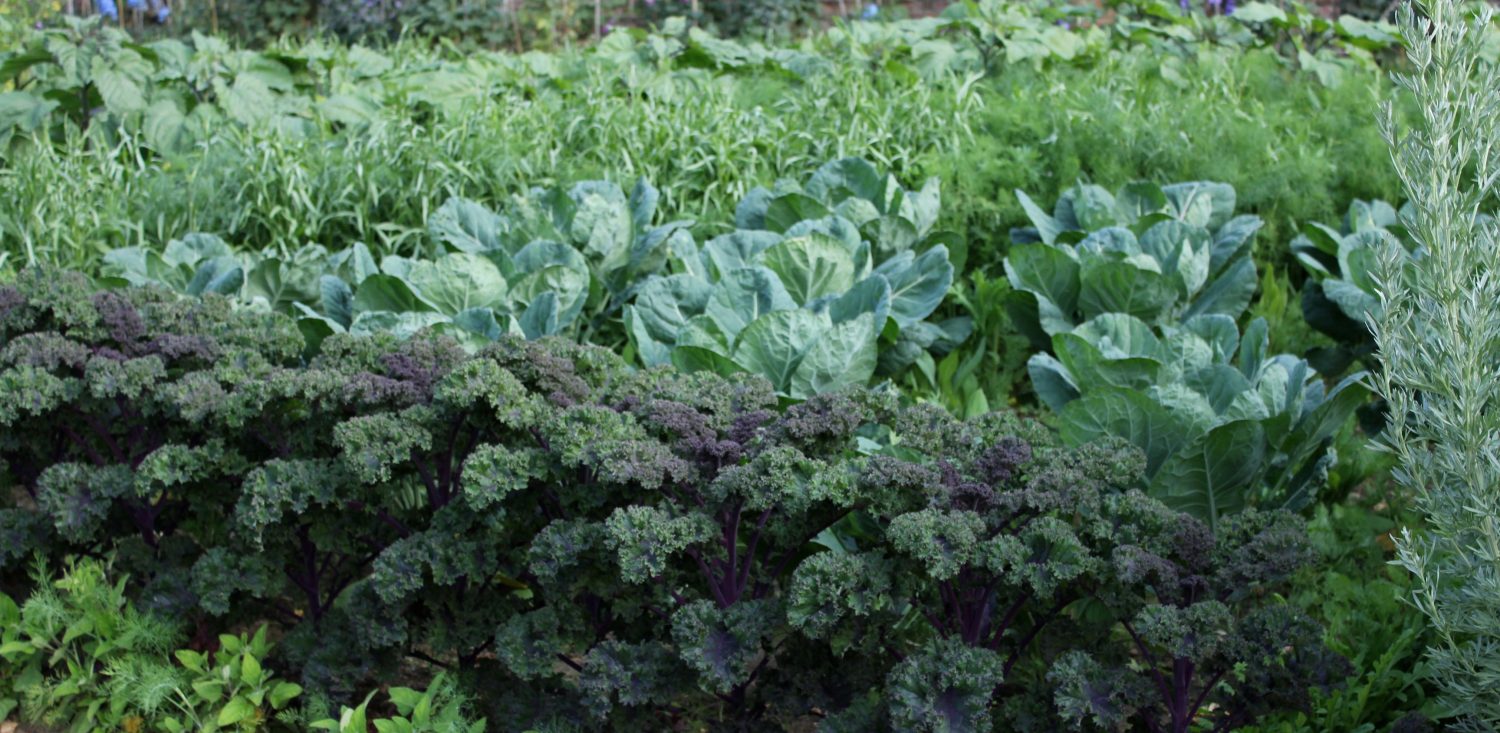
Cabbages and kale
TEST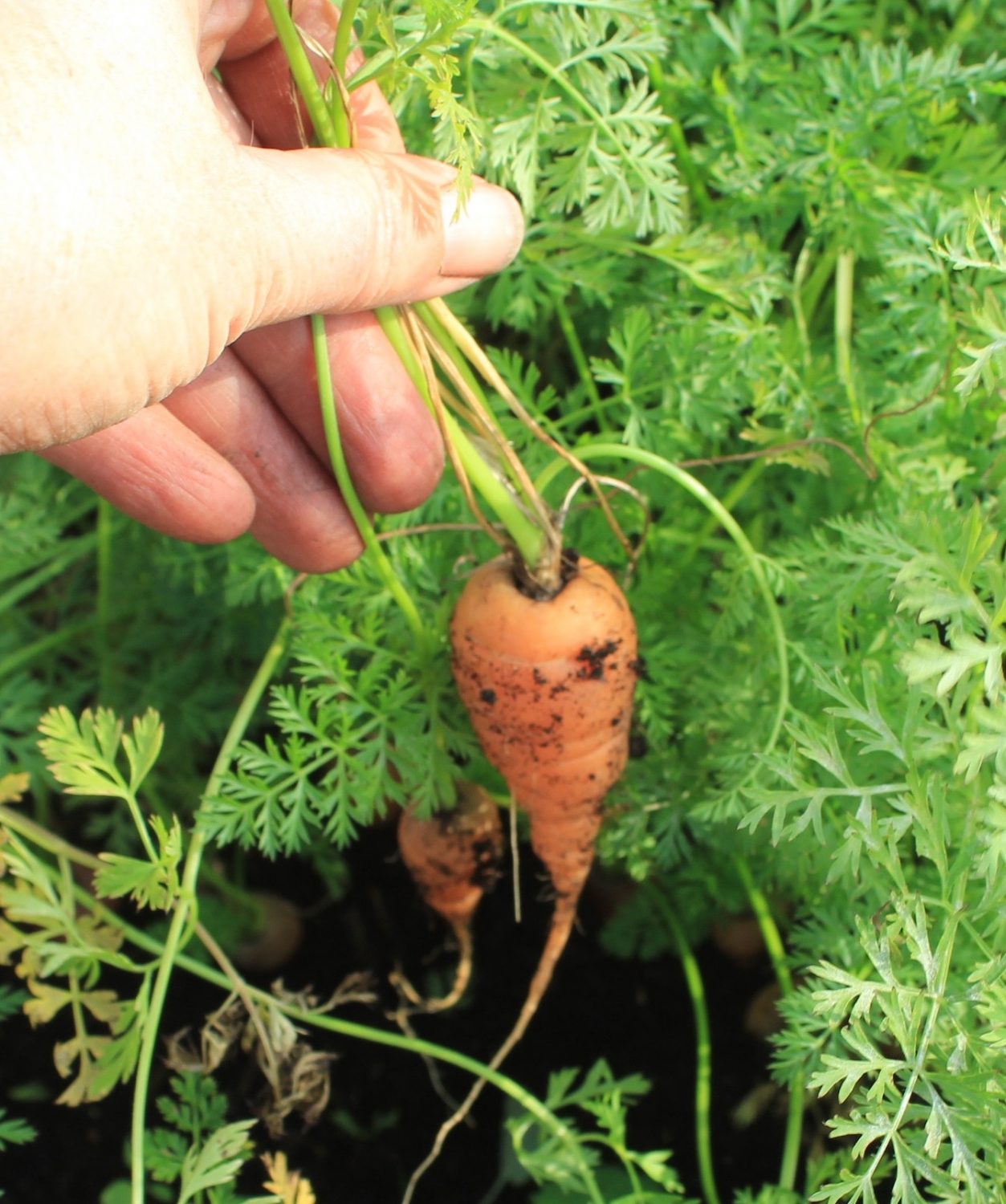
Small Chantenay carrots can be grown in containers
TEST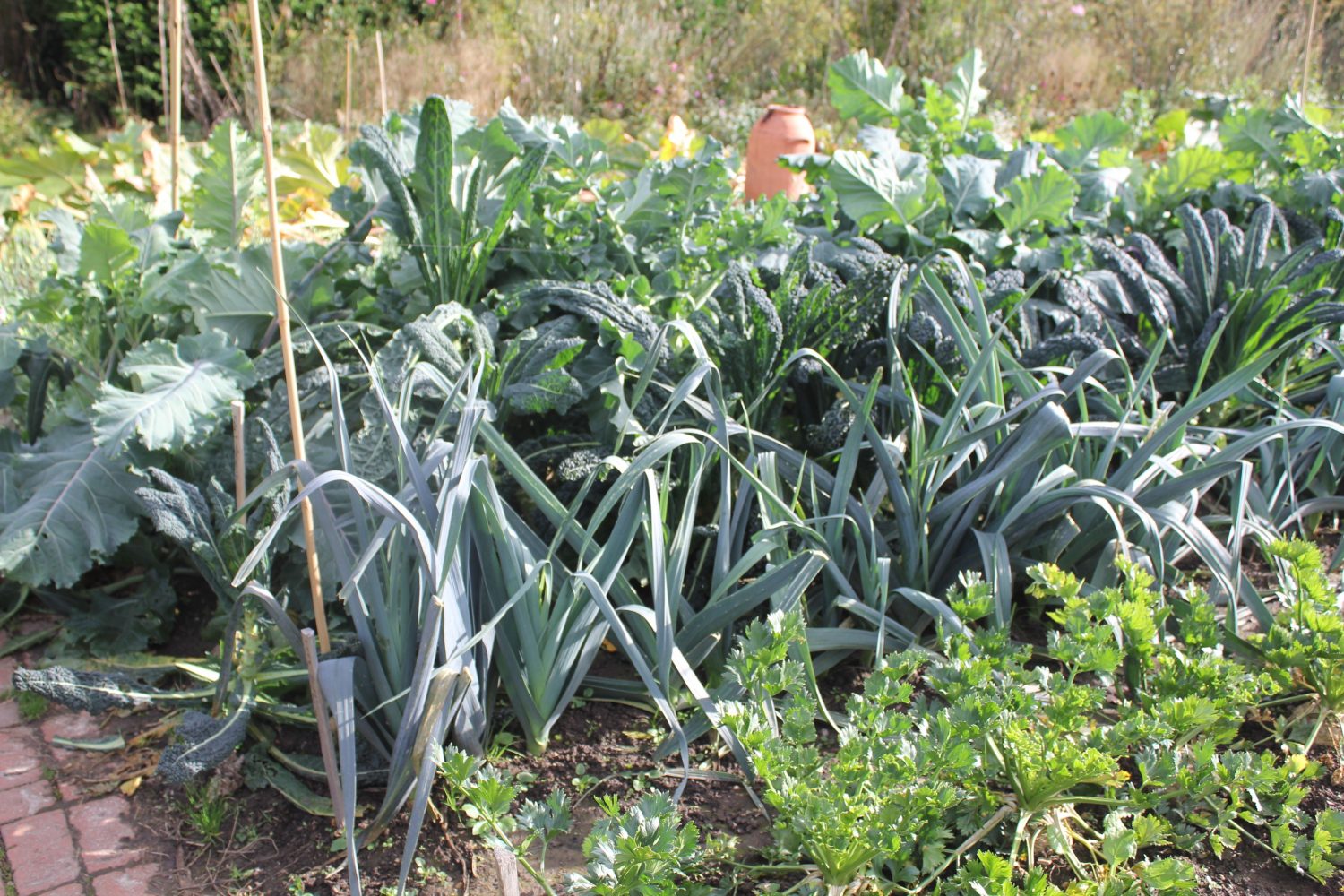
Leeks and celeriac
TEST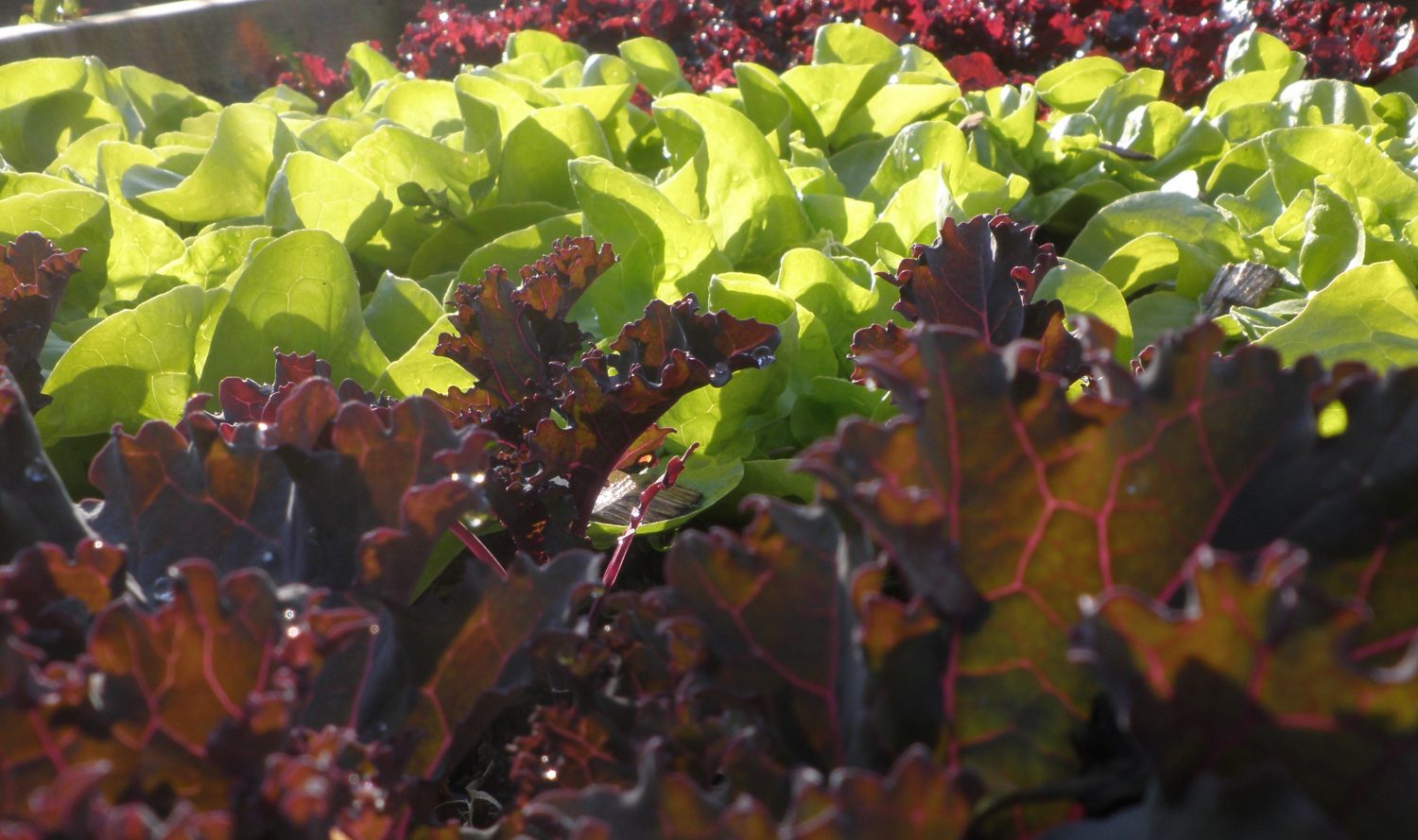
Mixed salad
TEST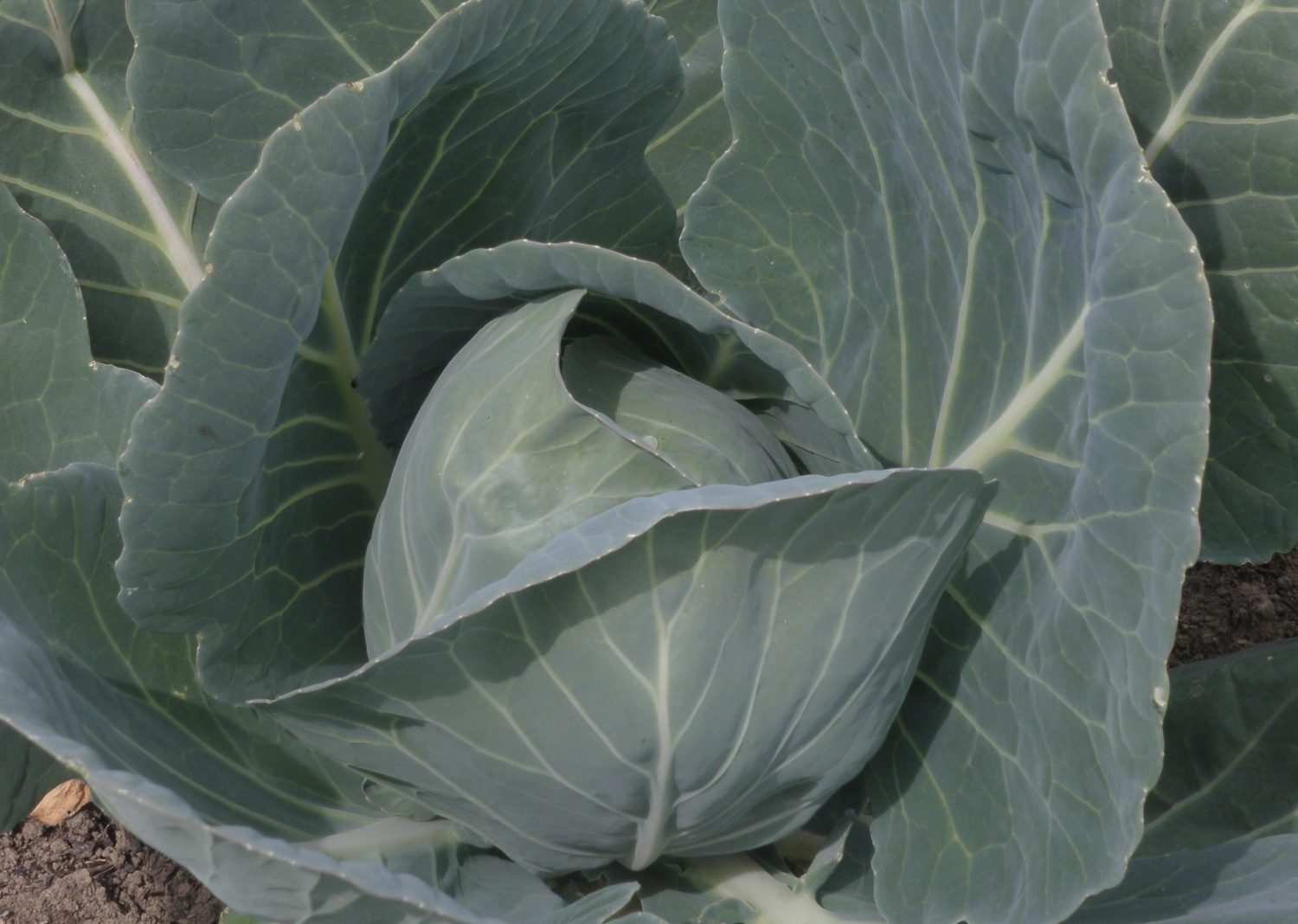
Cabbage
You may also like
Go with the Flow
Sue Whigham shares some valuable new-to-gardening advice I’m sure that by now we should be used to the rain but I’m not entirely sure that we are. We had a dry, sunny day the other day and how everybody’s mood...
Farm Fables
Jane Howard gets to the bottom of why so many ponds have disappeared across the High Weald I have a new passion, almost an obsession, it’s about ponds. And there’s a distinct possibility I might become a bit of a...
Hedge Issues
Sue Whigham takes a meander along nature’s verdant and vital corridors Recently the BBC’s Today programme carried a feature about England’s hedgerows which created a lot of interest among listeners. On the strength of that, Martha Kearney interviewed one of...
